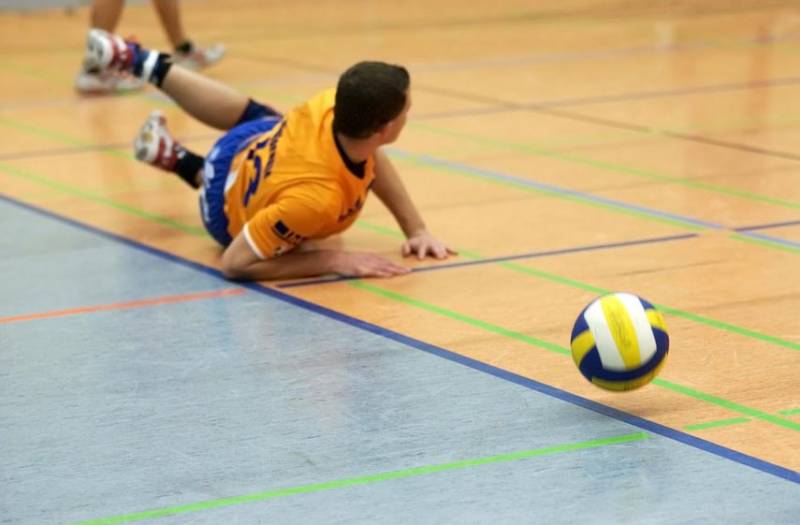
A wellness lifestyle takes a lot of effort, not only to begin the process, but also to maintain it throughout your lifetime. This journey to wellness will have its ups and downs and will take a high level of commitment if you are to be successful. You must develop a wellness attitude in your life to pursue a wellness lifestyle. Having a wellness attitude means staying positive, especially when faced with wellness pitfalls or barriers. Without a positive attitude, nothing can be achieved.
To help you on your wellness journey, you will learn about some of the following wellness pitfalls:
- Smoking
- Alcohol
- Dieting fads and pills
- Injury
- Fatigue
Smoking
Smoking is the most preventable cause of premature death in the United States. Smokers have a higher risk of developing many chronic disorders, including atherosclerosis — the buildup of fatty substances in the arteries — which can lead to heart disease or stroke. Controlling or reversing atherosclerosis is an important part of preventing future heart attack or stroke.
Smoking decreases your tolerance for physical activity. It also causes blood platelets to clump, making blood circulation more difficult through the small arteries and limiting potential performance. When smokers start exercising, however, they do receive benefits from the exercise. They also tend to cut down, if not eliminate, smoking as a result of seeking better health and performance.
Alcohol
Avoid alcoholic beverages before, during, and immediately after exercising. Drinking post-exercise can reverse the good work you have just put in. For instance, if you have just run for half an hour, it will only take two pints of beer to replace the calories you just burned off through exercise. The way alcohol is absorbed by the body can also reduce the amount of fat you are able to burn by exercising. Because your body is not designed to store alcohol, it tries to expel it as quickly as possible. This gets in the way of absorbing nutrients and burning fat. So, as well as slowing down the burning of calories, alcohol gets in the way of the nutritional benefits of the healthy meals you eat. For these reasons, it can be a good idea to consider cutting down your alcohol intake. You can still enjoy a drink now and then while maintaining a healthy lifestyle. The key is moderation. Limiting your alcohol intake will boost your general health by reducing your stress and allowing you to look your best.

Dieting fads and pills
Dieting fads can be tempting, especially if you have a lot of weight to lose. But, remember, if a diet plan sounds too good to be true, it probably is. You will want to avoid any programs that promote detoxification pills as a means of losing weight. Fasting can be useful, but it should not be used as a means of losing weight. Be cautious with diet plans that promise weight loss faster than two or three pounds per week. These diets often set you up for failure by depriving your body of what it truly wants and needs.
Also be skeptical of high protein diets. It is important that you never restrict complex carbohydrates from your diet. Complex carbohydrates, found in vegetables, grains, and fruits, will protect you from losing muscle mass. Proteins must be accompanied by complex carbohydrates in order to be useful in building muscle. The body needs and can make use of far fewer proteins than some diet books would have you believe.

Injury
Injury from physical activity is commonly caused by overuse, direct impact or the application of force that is greater than the body part can structurally withstand. Common injuries include bruises, sprains, strains, joint injuries and nose bleeds. To avoid injury, make sure that you focus on the form you are using. Performing exercises correctly will ensure that you do not put too much force on a single body part. Also, remember to always start slowly. If you overdo it, you will be more likely to face an injury.
Here are some ways to reduce your risk of injury when performing physical activity:
- Warm up thoroughly by gently performing slow, sustained stretches.
- Wear appropriate footwear.
- Tape or strap vulnerable joints, if necessary.
- Use the appropriate safety equipment, such as mouth guards, helmets and pads.
- Drink plenty of fluids before, during and after activity.
- Maintain a good level of overall fitness.
- Don’t exert yourself beyond your level of fitness.
- Use good form and technique.
- Cool down after activity with gentle, sustained stretches.
- Allow adequate recovery time between sessions.
- Have regular medical check-ups and seek medical attention if injury does occur.

Fatigue
The last of the wellness pitfalls we will look at is fatigue or tiredness. You may have so much on your plate that it can be hard to find the motivation or energy to exercise. To face this problem, you will need to plan ahead. Schedule physical activity for specific times and days. Check it off your list or calendar each time you complete it. You may want to join an exercise group or class and seek others in the group to help motivate you and keep you accountable to attending. You should also get plenty of sleep and rest between workouts to prevent muscle fatigue. Again, make sure that you start slowly. If you exert yourself beyond your level of fitness, you will feel fatigued and will be less likely to stick to your exercise plan.
Thanks for tuning into our post on wellness pitfalls as well as our series on anxiety management and physical wellness. If you’d like to learn more about the importance of stress management and how The Anxiety Management Program works, download our PDF brochure here.
